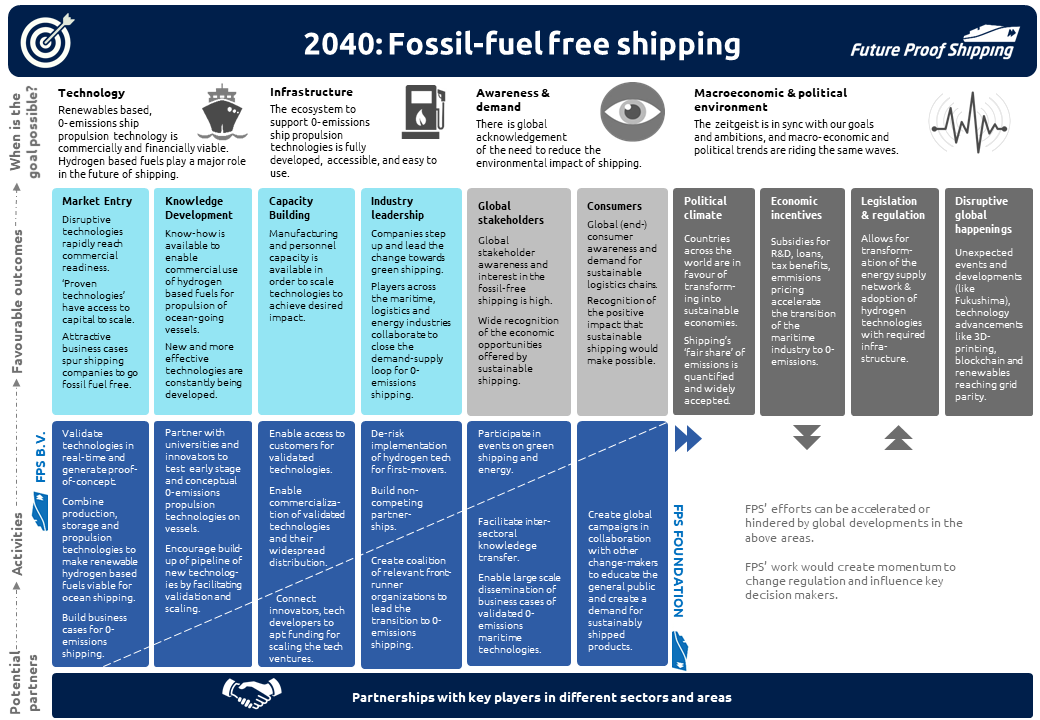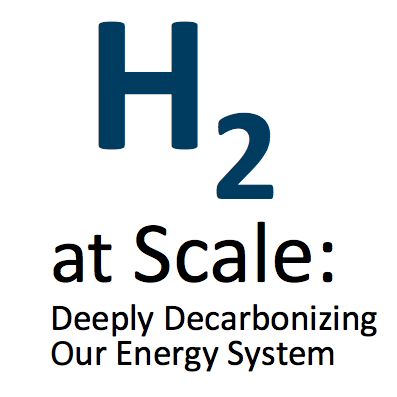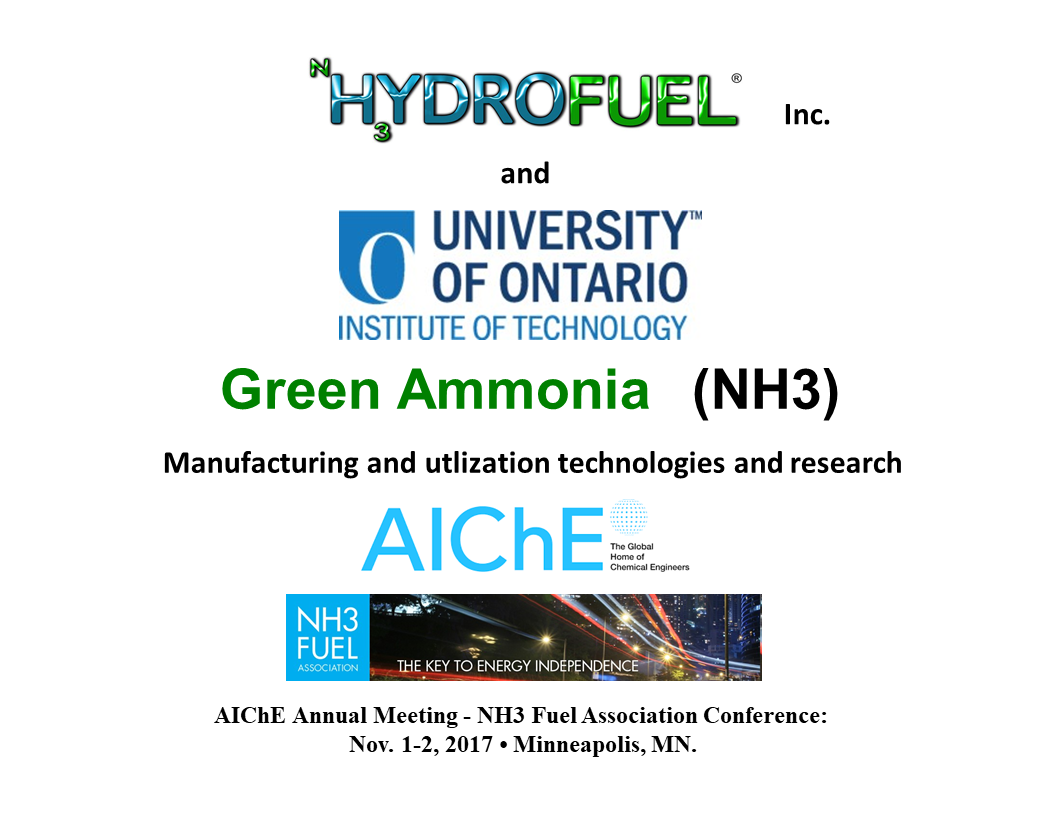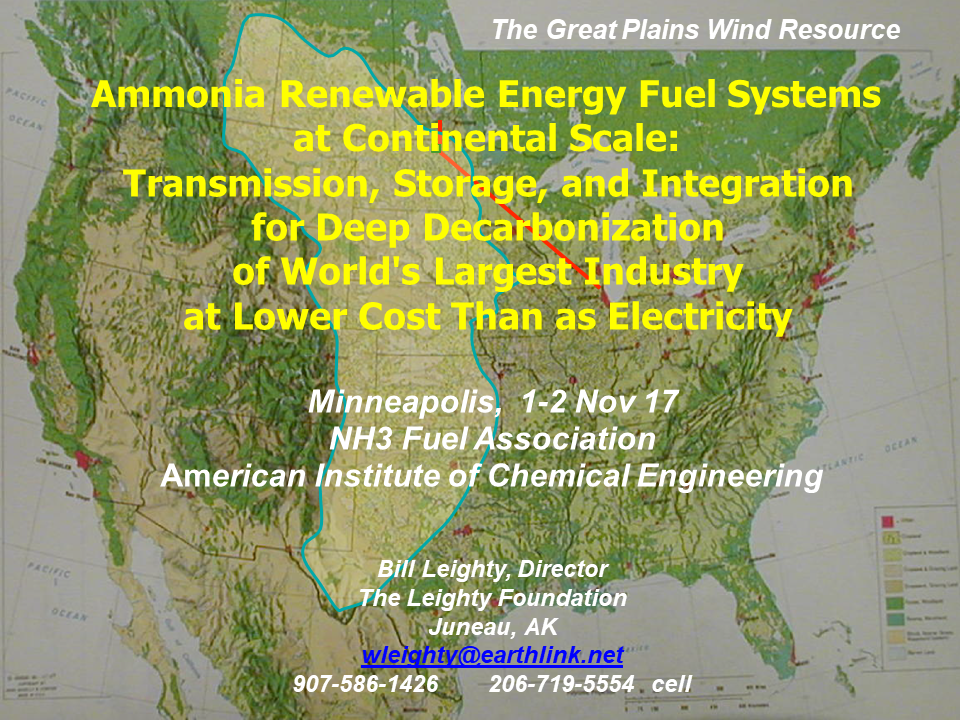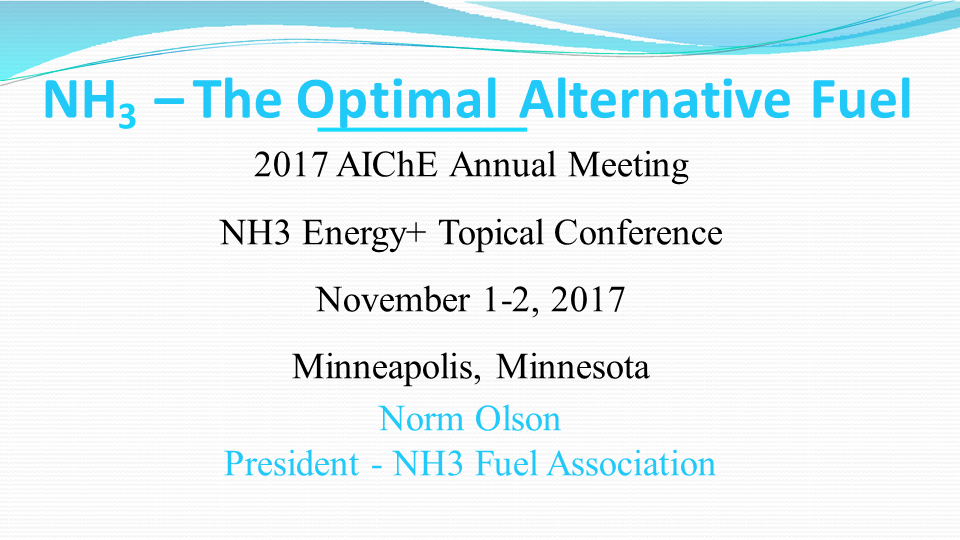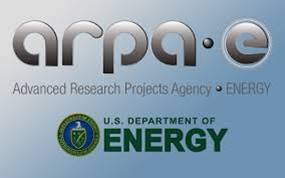Pilot project: an ammonia tanker fueled by its own cargo
Last month, an important new consortium in the Netherlands announced its intention to research and demonstrate "the technical feasibility and cost effectiveness of an ammonia tanker fuelled by its own cargo." This two-year project will begin with theoretical and laboratory studies, and it will conclude with a pilot-scale demonstration of zero-emission marine propulsion using ammonia fuel in either an internal combustion engine or a fuel cell.
